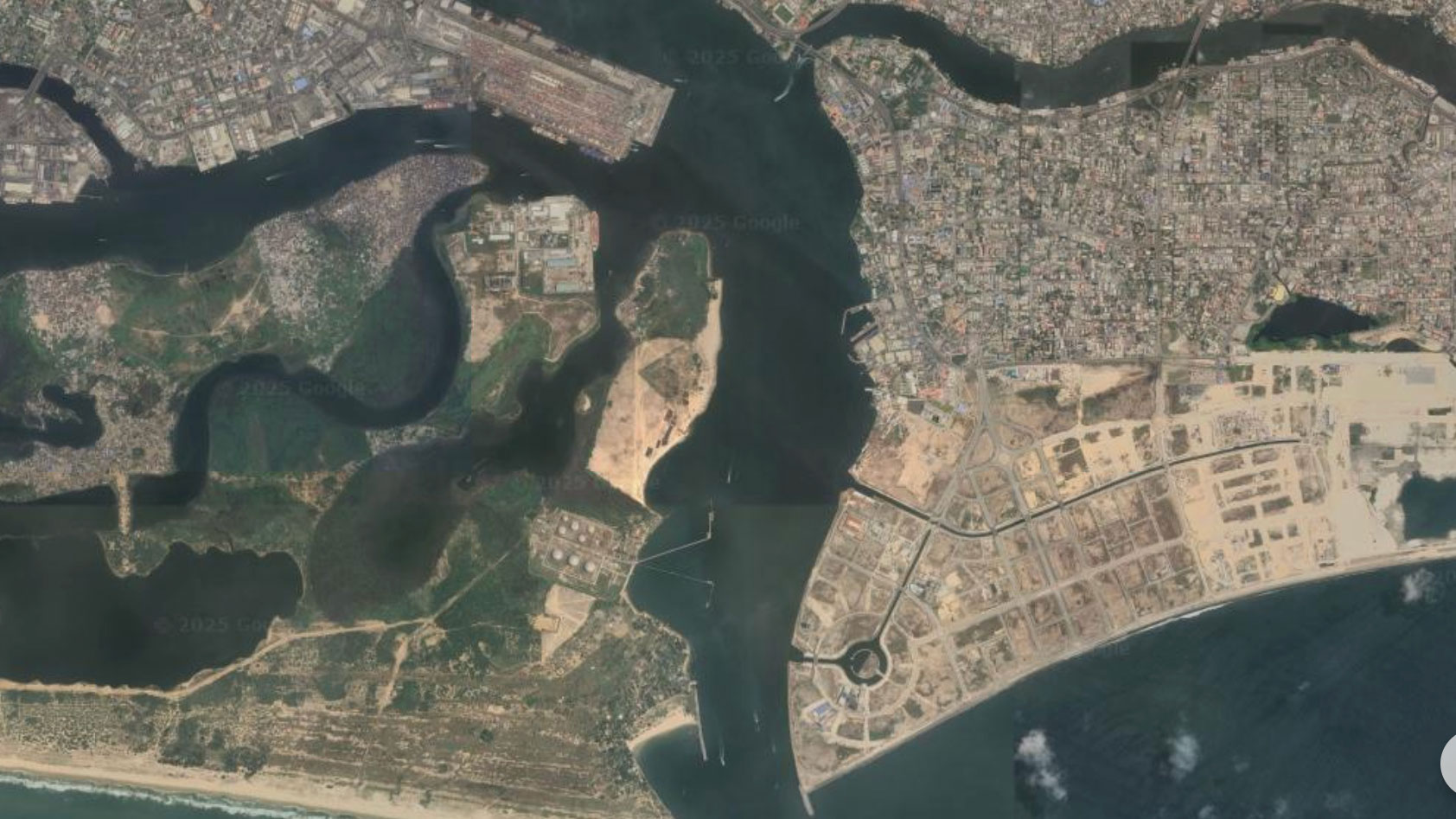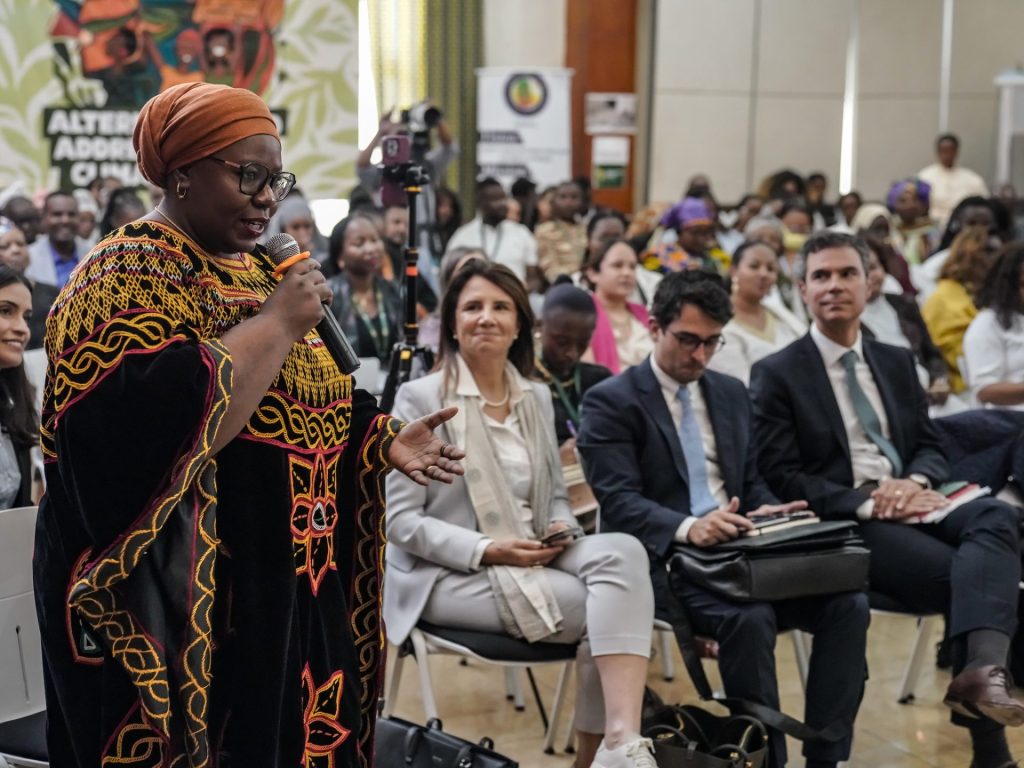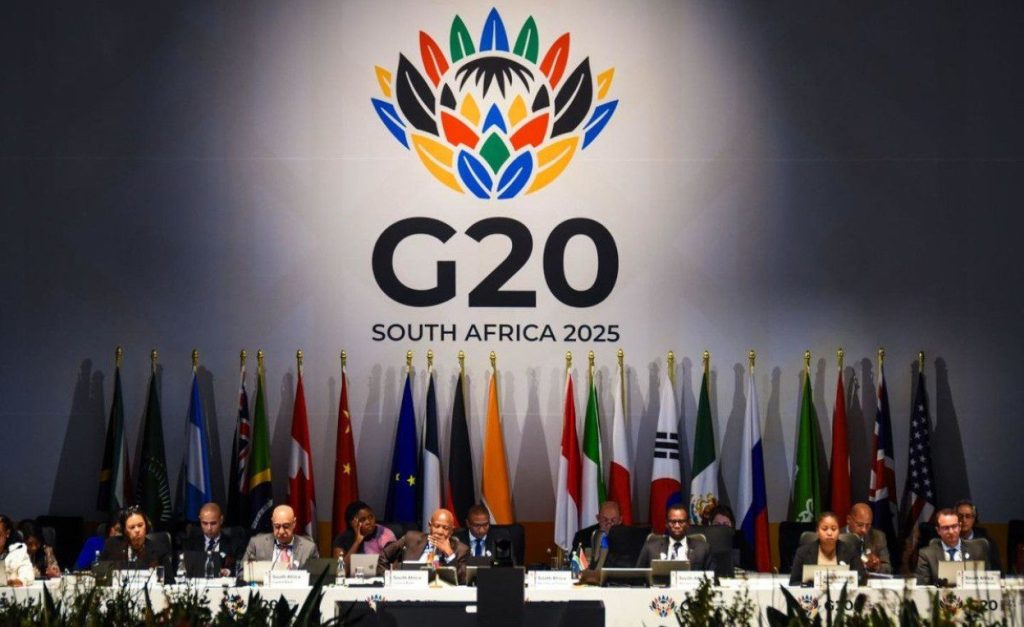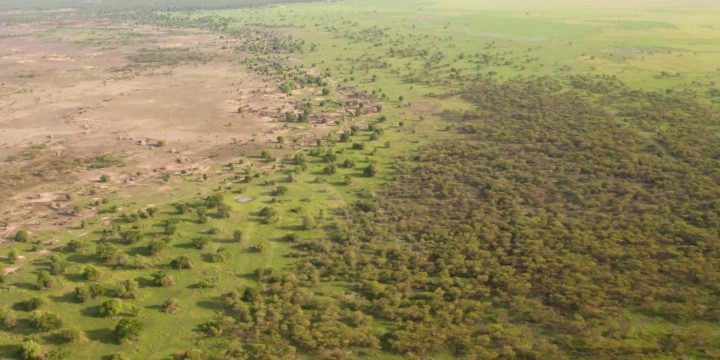Africa’s cities are growing. By 2035, the world’s ten fastest growing cities will all be in Africa, with almost half of the continent’s population, about a billion people, expected to be living in urban areas by that date. Africa is also projected to have six megacities, where populations exceed 10 million, by 2035: Luanda, Dar es Salaam, Greater Cairo, Kinshasa, Lagos and greater Johannesburg. The continent’s cities play a vital role, forming seats of political and cultural power, while also being key contributors to GDP and economic growth.
But this growth comes at a price. A joint report by the African Development Bank (AfDB), Cities Alliance, OECD/SWAC and UCLG Africa shows that growing cities will need more land and natural resources to expand. A combination of rapid urbanisation, urban sprawl and informality puts pressure on the surrounding environment, often creating tensions like those seen in Nairobi, with trees making way for the Nairobi Expressway. This creates a negative feedback loop where urban growth exacerbates climate impacts, with climate change in turn influencing migration patterns and fuelling rural-urban migration.
Cities, Climate and Science
The Intergovernmental Panel on Climate Change’s (IPCC) upcoming Special Report on Climate Change and Citiesexplores the state of cities in the face of a changing climate, and will assess the impacts, risks and opportunities it poses. The Report’s development underscores the significance of urban development in mitigation and adaptation, and the intersection between cities, science and climate. It coincides with the review and update of Nationally Determined Contributions (NDCs) where these instruments should be addressing policies, measures and actions across all spheres of government. With urban areas accounting for an estimated 70% of global greenhouse gas emissions, urban emissions require targeted interventions. To make them fit for purpose, NDCs require the input of local governments, as is the case in Rwanda where municipal stakeholders are contributing to the development of the country’s third NDC.
Africa’s biggest cities are already contending with climate risks and disasters. Take Lagos, which sits in a low-lying area along the Atlantic coast. A combination of rising sea levels, corrosion and severe flooding raises the real possibility that the city and its approximately 17 million inhabitants will sink into the ocean. On the other side of the spectrum, Cairo’s population of 20 million contends with extreme heat, air pollution and increased climate-related extreme weather events. Egypt already has the highest number of heat-related deaths in the Middle East and North Africa – a grim statistic that will only worsen with rising temperatures. Cape Town has also had a preview of what its new normal could look like. Home to South Africa’s legislature, Cape Town made headlines for its five-year water crisis culminating in Day Zero, a worst case scenario where the city’s water supplies would be turned off. Had this happened, Cape Town would have been the first major city in the world to run out of water. These three cities, though geographically distinct, present a snapshot of the future of cities across Africa: urban heat islands, climate whiplash, water scarcity and land degradation.
The role of local government
But climate change is not entirely to blame. A combination of urban planning and resource management and insufficient funding for adaptation, resilience building and limited infrastructure development are just as responsible. What can be done? Local governments have created frameworks to address specific challenges, focusing largely on adaptation and resilience building. The Lagos Climate Action Plan (LCAP) is a five-year strategy which aims to make the city carbon neutral by 2050 and to “enhance the resilience of Lagos’s population, economy and infrastructure to the impacts of climate change.” Operating under the city’s dedicated climate change department within Nigeria’s Ministry of the Environment and Water Resources, the LCAP’s measures include developing decentralised renewable energy generation to improve grid stability, implementing a stormwater drainage master plan and expanding the city’s drainage network, regenerating farm centres, planting more trees and strengthening emergency response and evacuation systems.
The City of Cape Town Climate Change Action Plan’s actions include measures to reduce the risks and impacts of heatwaves on people and infrastructure, securing a sustainable water supply, disaster prevention and management (particularly for floods and wildfires), promoting coastal resilience and inclusivity for low-income households. The country’s new Climate Change Act 2024, has made these types of plans for urban metros a legal requirement.
There are other options. Egypt is moving its capital, building an entirely new city, driven in part by climate concerns and an attempt to address congestion and overpopulation. Although extreme, moving or abandoning a city is not entirely unheard of: Indonesia is moving its capital away from Jakarta, as the city is sinking due in large part to increased urbanisation and climate change. Ancient African city states also stand as an example. It has been speculated that Mapungubwe was likely abandoned due to changes in climate that made the region colder and drier. But in Cairo’s case, moving a city may exacerbate the climate-related problems the move is meant to address. A new administrative capital deeper into the Sahara desert will likely run into the same challenges of extreme heat and water scarcity.
The financial question
Finance also remains a significant hurdle in supporting the implementation of these policies, with infrastructure costs upmost among them. Upgrading and strengthening energy, transport and communication infrastructure is estimated to cost an estimated $142 billion for 2025 – a figure that doesn’t account for health, informal settlements, education and emergency services.
South Africa’s 2025/2026 budget includes infrastructure investment for local and provincial governments, with the overall budget adding approximately USD2,46 billion to fund infrastructure projects over the next three years. But not every country has this financial bandwidth. With climate finance already being a tenuous issue for African countries in light of foreign aid cuts and unsatisfactory negotiations on the new climate finance goal, securing the funding necessary for these measures will be difficult for some. The debt burden continues to influence national budgets and financial planning, a situation that has led to countries arguing that funds that could go to climate initiatives instead go towards paying off loans and debt. Faced with pressure to supply the demands of growing urban centres and populations and budgetary constraints, it is easy for decision-makers to prioritise immediate needs and push large-scale climate interventions for a later date.With urban growth still in the early stages, cities still have the time to steer development towards sustainable urbanisation, choosing to build climate resilient housing, creating and fast-tracking policies to steer climate action across departments. The implementation of these policies and measures is a step in the right direction, and local government initiatives complementing national plans and strategies provide the necessary support for domestic contexts while fitting into a countrywide agenda. And it is not just Lagos and Cairo: Dakar, Nairobi, Abidjan and Dar es Salaam, to name a few, have integrated climate considerations into urban planning and created resilience strategies to support adaptation. At this stage, the odds are in the favour of African cities. However, this window of opportunity is closing. It’s up to municipalities and national governments to navigate the balancing act of urban growth and climate conscious development.





